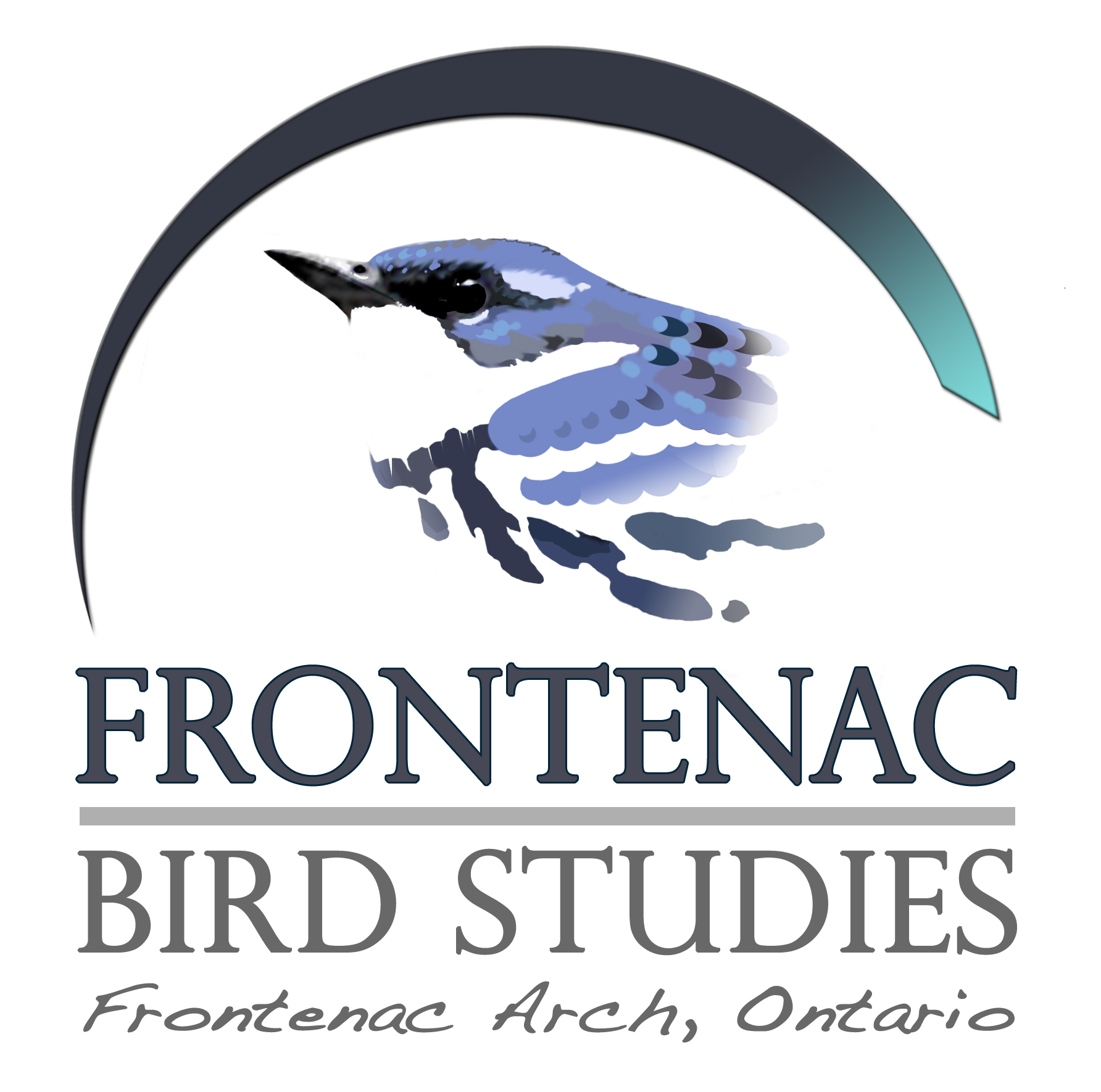
.
Chestnut-sided Warbler (Dendroica pensylvanica)
.
Nidiologicals – Peck and James (1987) and Richardson & Brauning (1995)
.
Habitat – Early successional deciduous forest, regenerating clearcuts/fields and woodland edges
Microhabitat – Open cup nest built in crotch of understorey shrub, usually less than 2m from ground.
Spring arrival – Early to late May (Ontario)
Average nest height – .6m
Nest builder – Female only
Average # of broods/season – 1
Average egg laying date – 7 June-17 June (Ontario)
Average clutch size – 4 eggs
Incubation period – Average 11-12 days
Egg colour – White to pale greenish with variable markings concentrated at larger end.
Incubation – Female only
Brown-headed Cowbird host – Yes
.

The Chestnut-sided Warbler (CSWA) is a fairly common breeder here in Frontenac County and across much of the southern half of Ontario. This species was a North American rarity in the early 19th century before much of the forests were cleared and the young successional habitats became widespread. Populations of Chestnut-sides exploded and now occupy scrubby margins of woodland and overgrown fields from central Saskatchewan to Nova Scotia and south to Georgia along the Appalachian Mountains. In our region they are typically associated with woodland borders of small farms, roadsides, bogs and rock barrens.
This nest was discovered by the observation and tracking of a female carrying nest material on May 28, 2010 at our Blue Lakes MAPS station near Sharbot lake, ON. There are about ten pairs in the immediate area of the station that are occupying scrubby shoreline edges of lakes and ponds. At least part of the site was burned over at some point within the last century or so, which has slowed regeneration and created appropriate conditions for the species. The nest pictured above was less than half complete on May 28 and was finished by June 4 when three eggs were photographed.

A clutch of five eggs is unusual for this species. This picture was taken on June 8 during our first visit to Blue Lakes. We captured and banded two males and the female responsible for this clutch on that date. The males have an interesting song repertoire and vocal development biology. Two song classes are evident; an Accented Ending (AE) class and an Unaccented Ending (UE) class. The AE song (Please, please, pleased to meetcha) is given on arrival and is primarily used to attract females. The UE song is given later on in the breeding season and seems to be mostly employed for territorial defense and intraspecific aggression. Lab studies have indicated that AE songs are developed with little social interaction while UE songs are learned through direct observation of “tutor” males (Byers and Kroodsma 1992).

Here is a photograph of the nest site context along the shore of a small unnamed lake. The Chestnut-sided Warblers are nesting in this low, dense shrub layer beneath scattered clumps of young-mid successional oak and maple. Gray Catbird, Warbling Vireo, Yellow Warbler and Indigo Bunting also occupy this habitat type, although the latter is mysteriously absent from the site. We have about five more weeks of fieldwork in 2010 and a lot yet to learn about the “Chestnuts” at Blue Lakes. We are suspecting that the forthcoming post-breeding dispersal will consist of a large dose of young Chestnut-sided Warblers.

.
